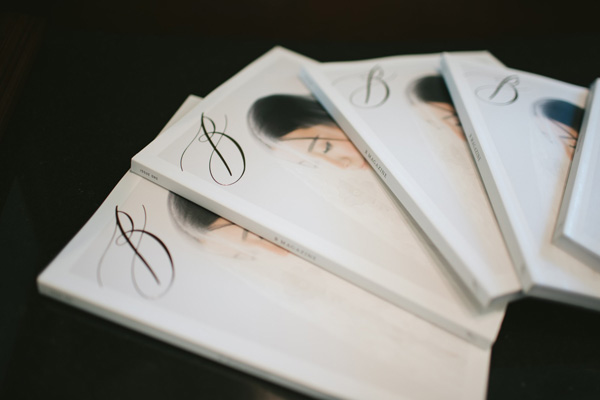A scene from a few years ago: Tricia Gosingtian-Gabunada enters, exuding quiet simplicity and soft elegance with every stride. She beams and flashes a smile that radiates like sunshine.
On that day, Bride and Breakfast organized a shoot where she was to be at the center of it all—a woman we felt would perfectly exemplify the minimalist bride.
Minimalism seemed to be a concept women aspired for, yet found themselves suddenly unsure of when it came to its execution in their own wedding look. So with this editorial, our goal was to make every bride see the grandness that simplicity can usher in, the beauty that minimalism could magnify in ways never imagined.
As photographer Toto Villaruel positioned himself to capture each frame, Tricia was on the other side of the lens, wearing gorgeous, locally-designed wedding gowns with ease and comfort. Today, we share with you this story of the breathtaking beauty of the minimalist bride.
So to every bride-to-be who wants to go down this path, this could be your story too!
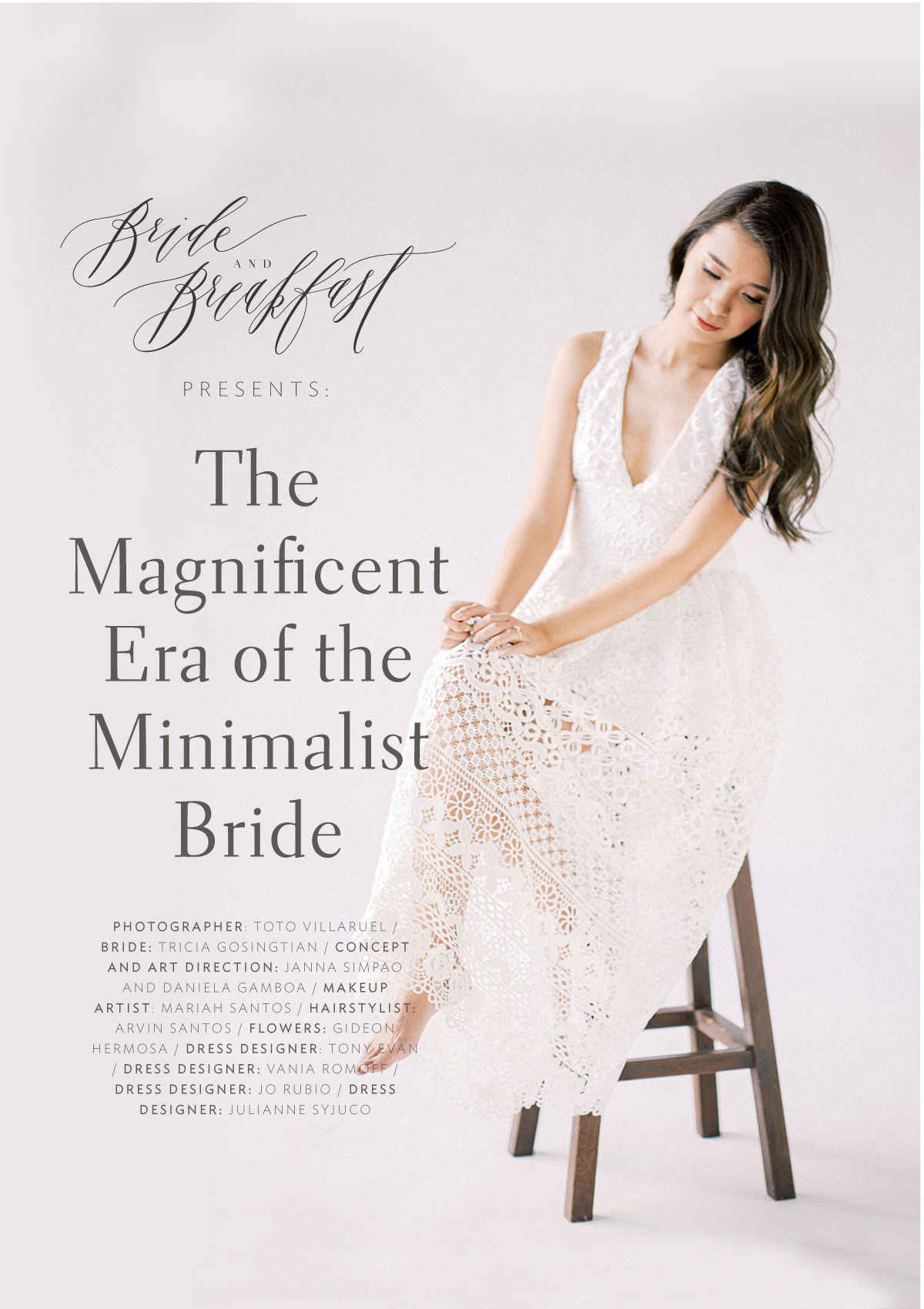
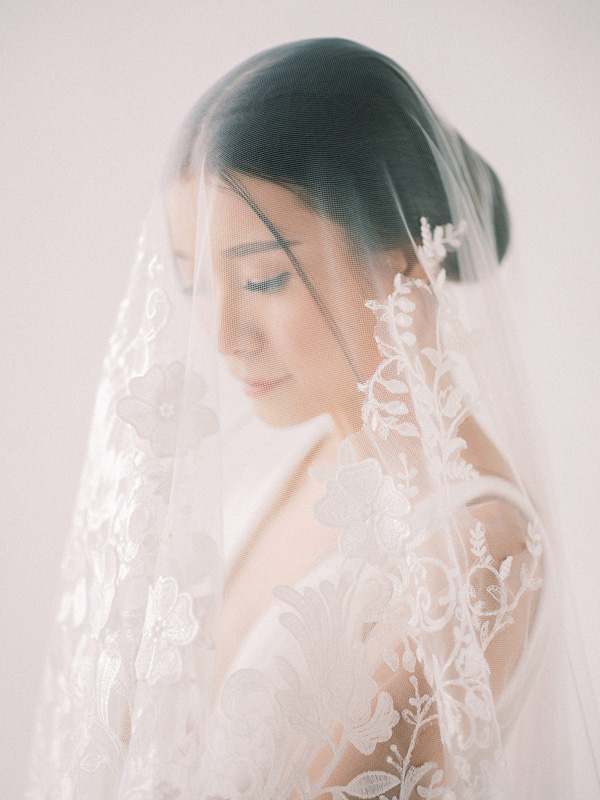
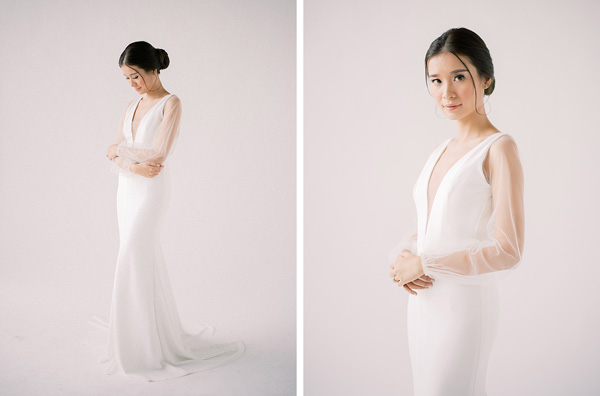
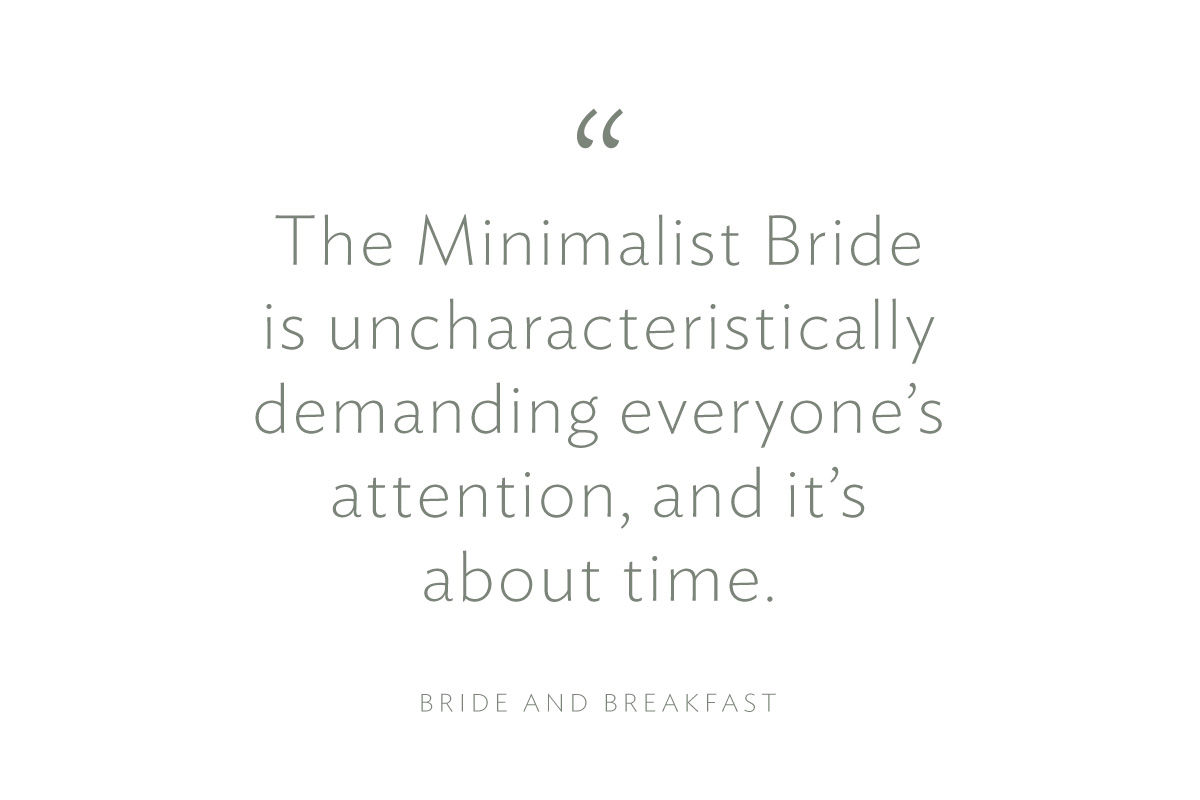
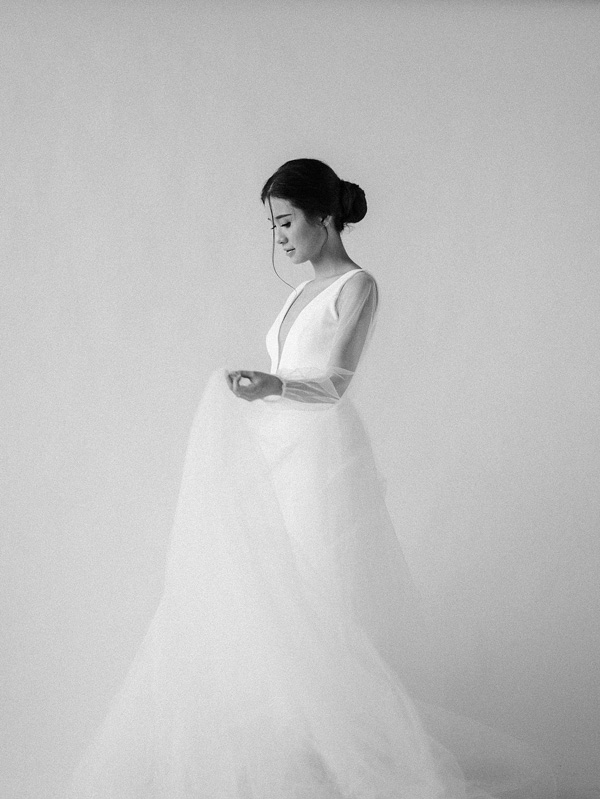
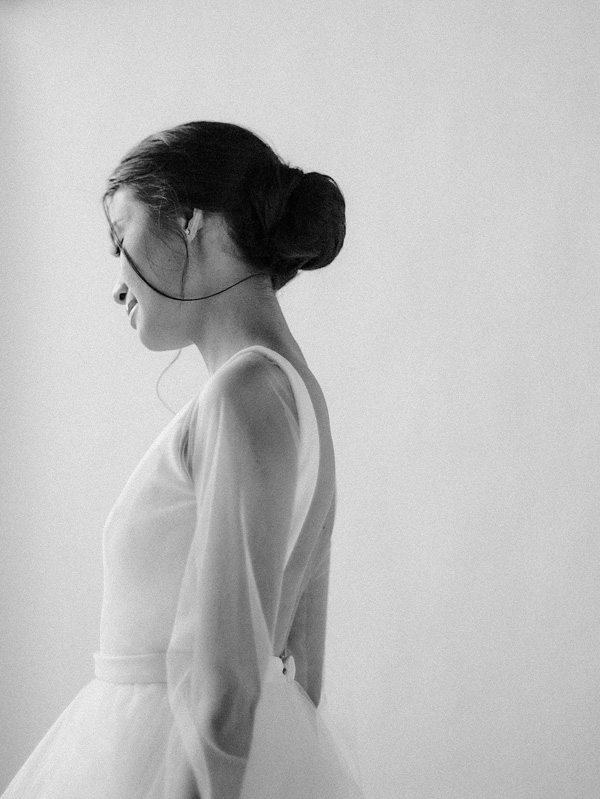


Dressed in a seamless, stark-white dress, holding a loose bouquet of fresh-picked flowers, a bride of absolute simplicity and grace does not go unnoticed. The Minimalist Bride is uncharacteristically demanding everyone’s attention, and it’s about time.
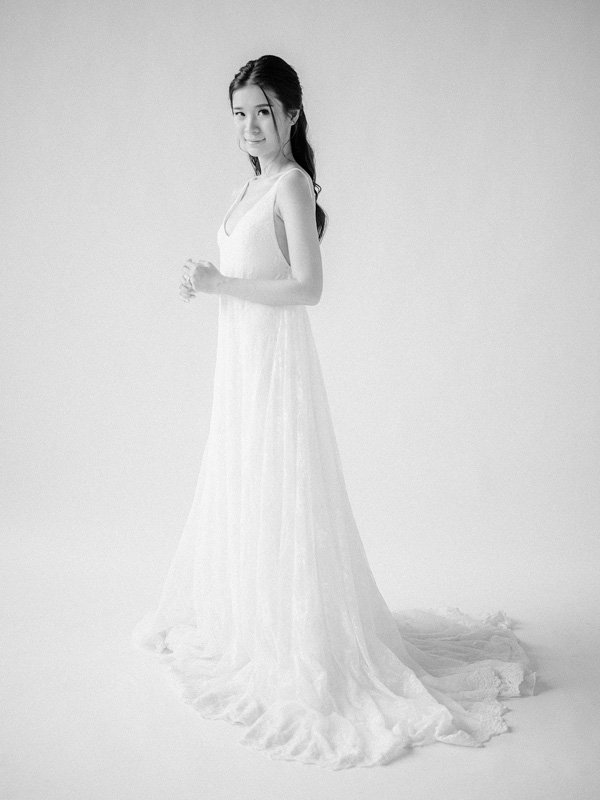
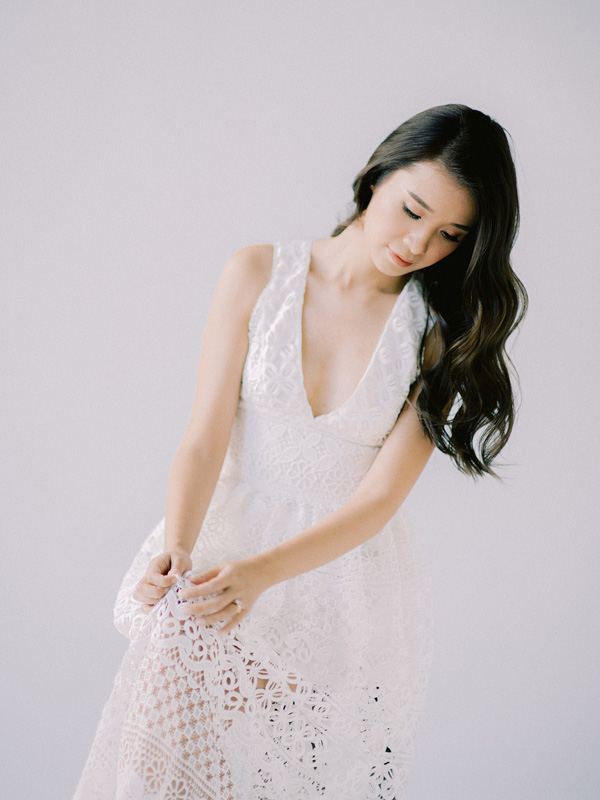
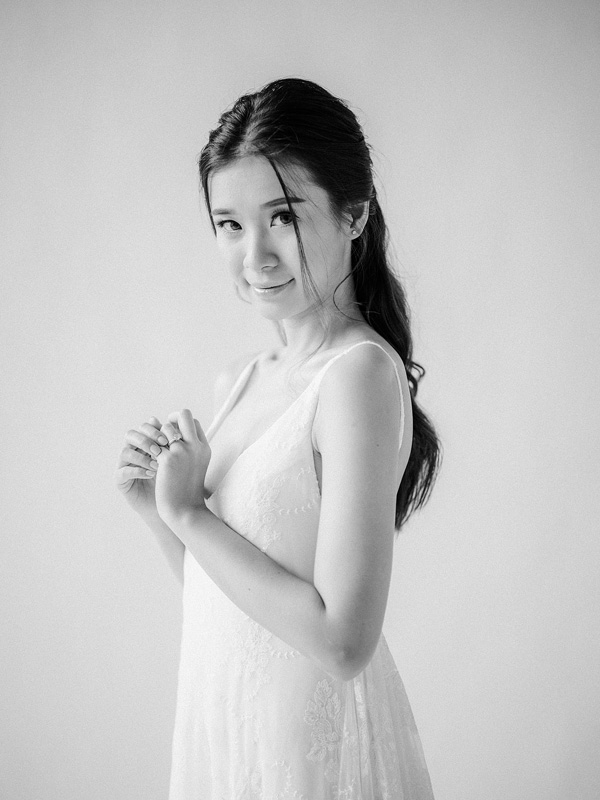
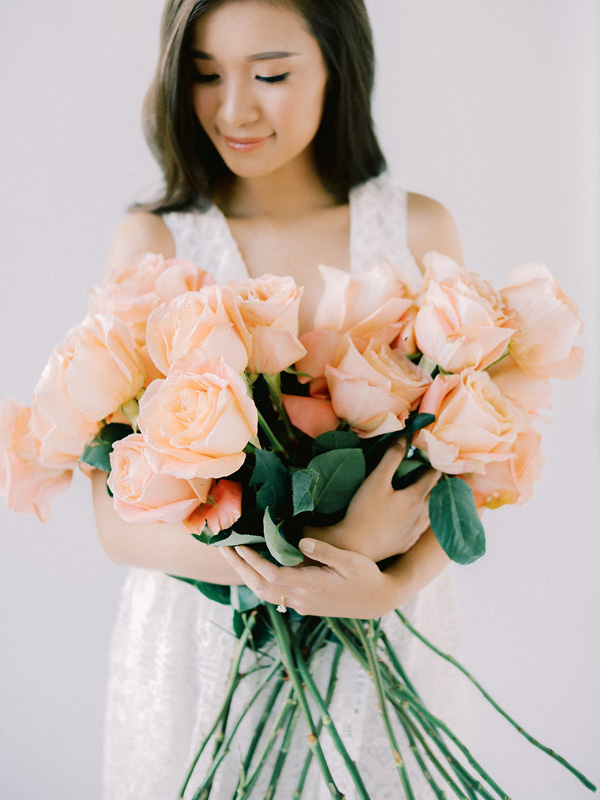
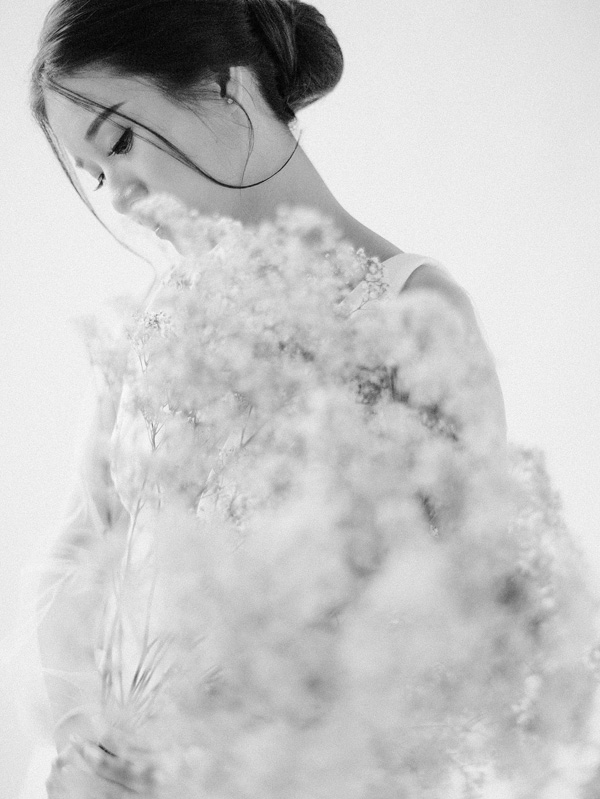
Minimalism is a style characterized by sparseness and simplicity. Its birth was a slow yet inspiring tale about discovering the essence of an object. Minimalism in art, fashion, and design, began in the 1960s as a movement that sought to break the status quo. Art started to focus on expressionism, metaphors, symbolisms, and emotionally-invoking pieces. In fashion, designers paid attention to form and fabric rather than body-focused and functional design. Genderless clothing became a tangible example of how designers expressed their creativity while ignoring the boundaries dictated by society. Minimalism emphasized that an object should be seen as what it really was sans the frills and layers. Minimalists stripped their subjects to their core and heralded their natural beauty.




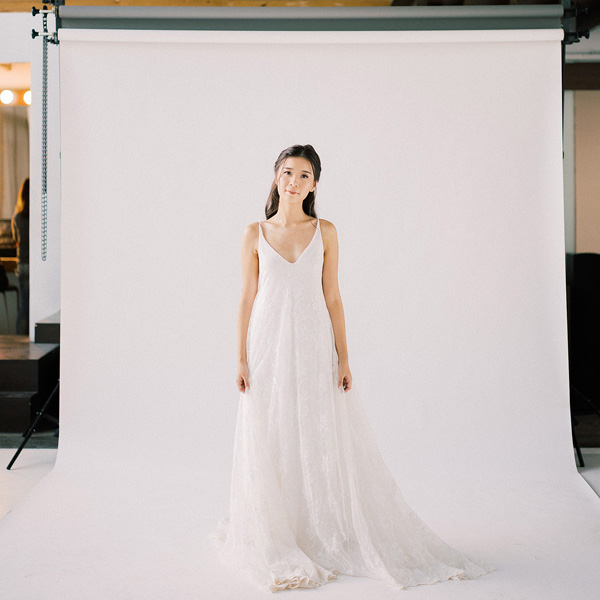
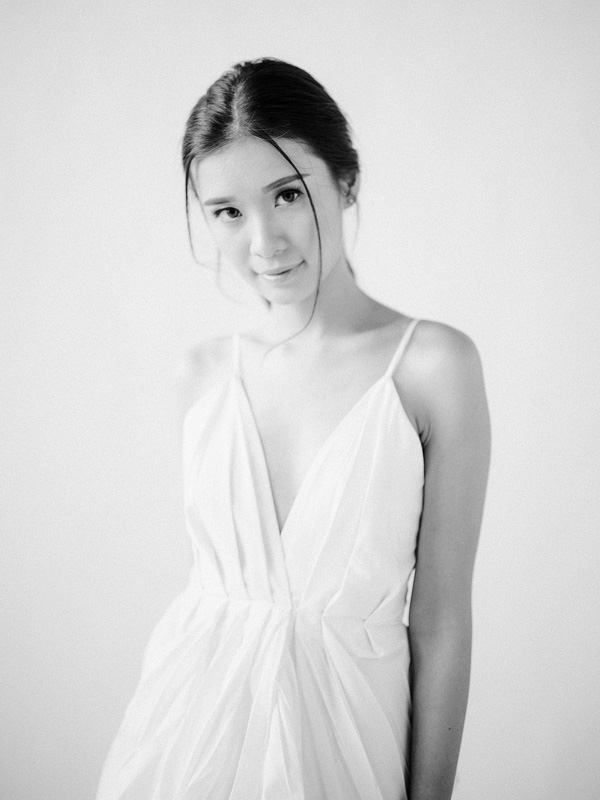
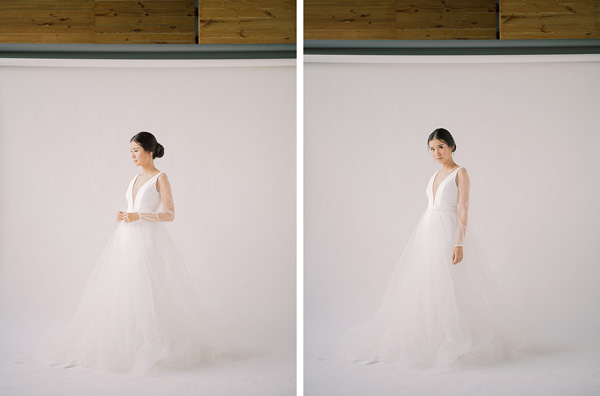
But when did Minimalism enter the wedding scene? From the highly decadent details and intricate embellishments of the 1940s, wedding fashion slowly evolved. By the 1960s, brides had become more experimental in their choices. Wedding gowns shifted away from the modest styles of prior decades to feature shorter hemlines and simpler adornments. But it wasn’t until the late ‘80s and early ‘90s that minimalist influences in art and design really made its way into the bridal scene. This was when cleaner lines, a more basic approach to gowns, and an aesthetic favoring simplicity emerged.
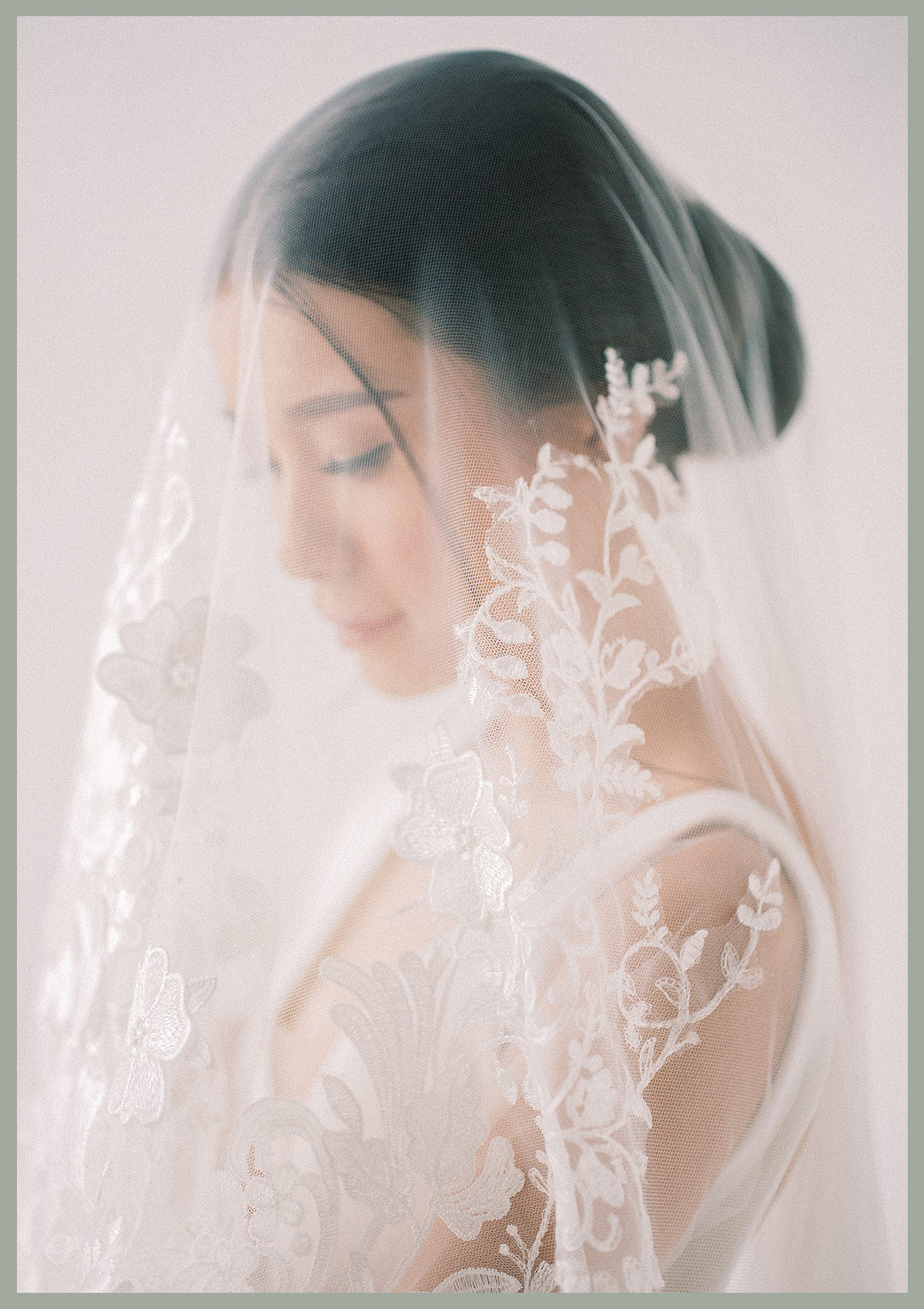
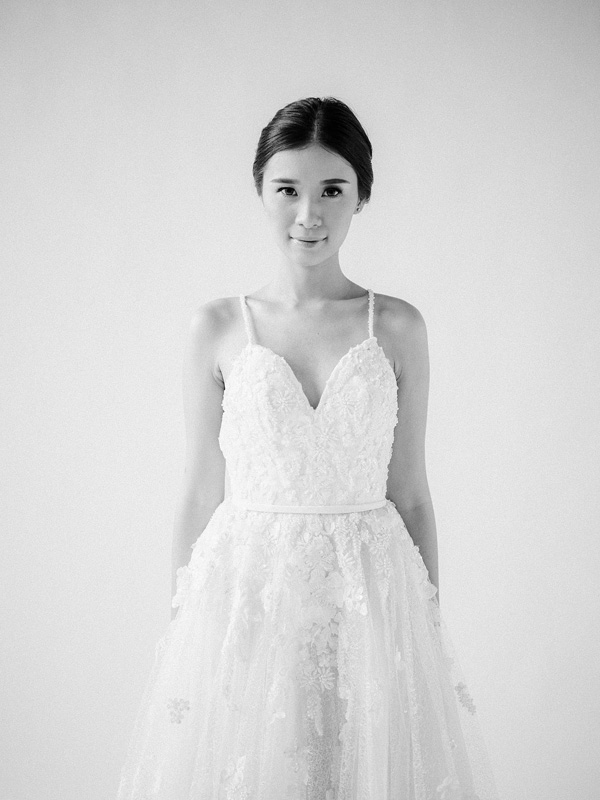
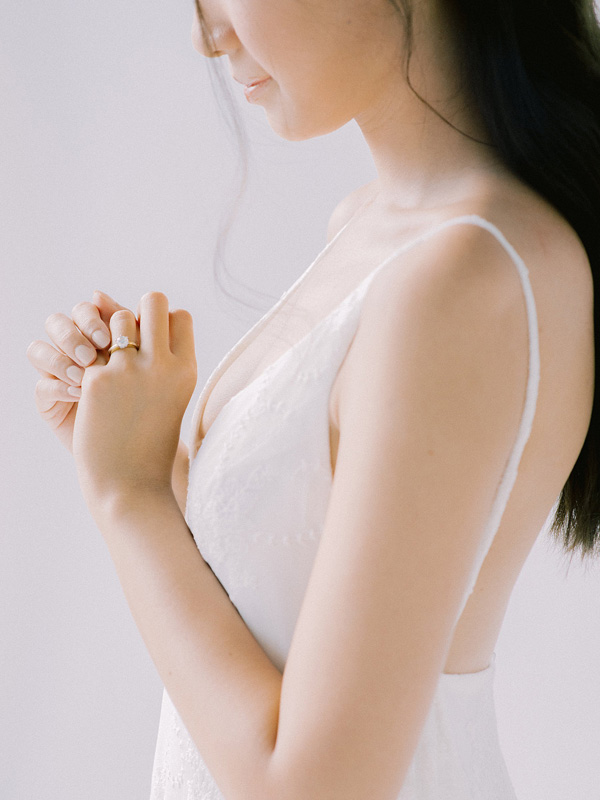
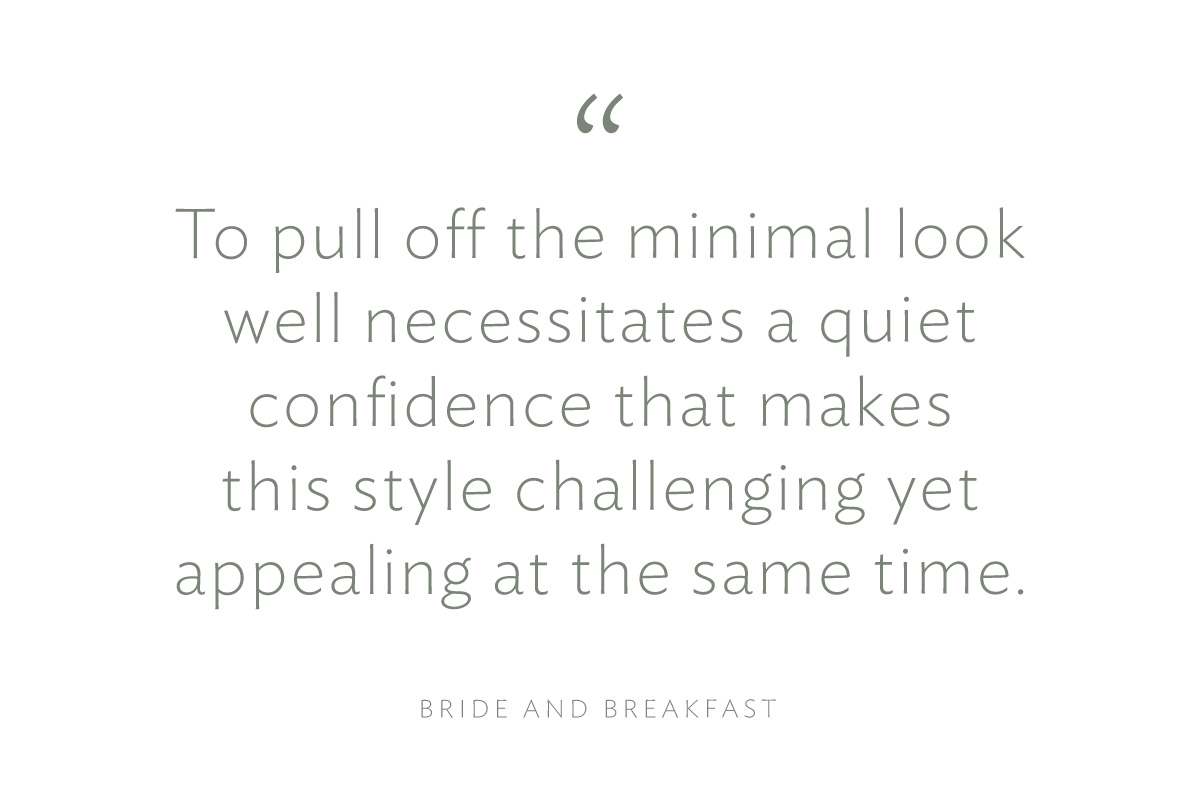
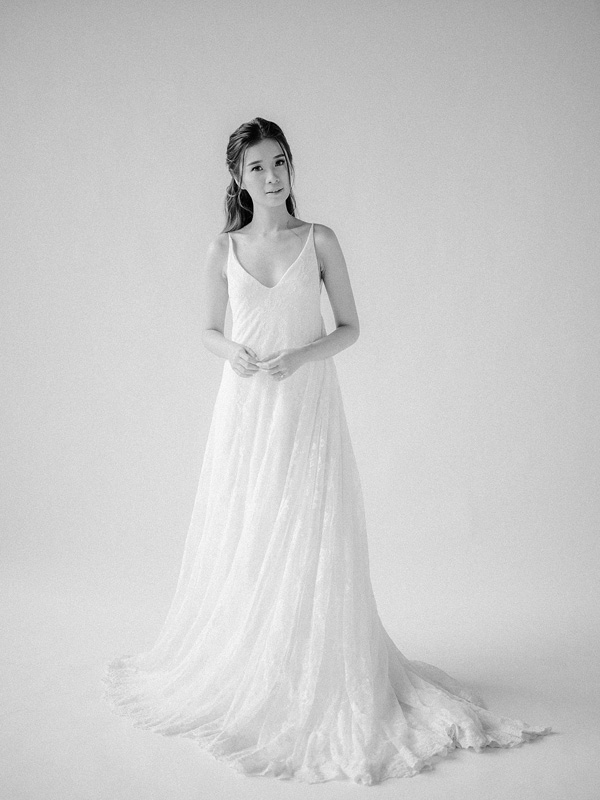


Fast forward to today, minimalism’s appeal has reached mainstream interest as countless of brides wish to deviate from the frillier options traditionally associated with weddings — not only in their wedding gown of choice, but in every other aspect of the wedding as well. Floral bouquets have taken on a more organic form with uncomplicated arrangements. Industrial setups with bare rooms, subtle accents, and earthy tones (things that used to be unsuitable for weddings) have now become desirable elements.
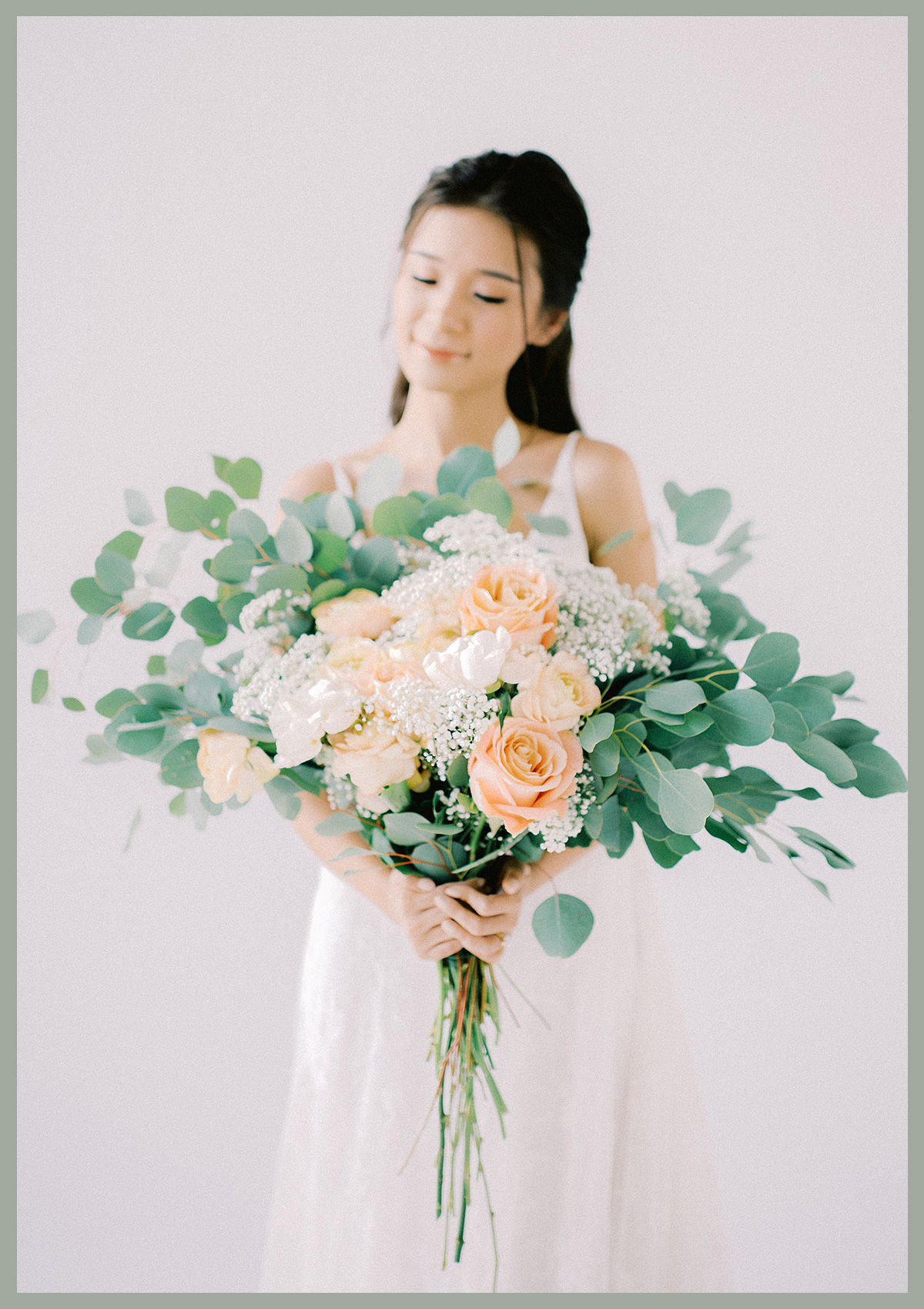

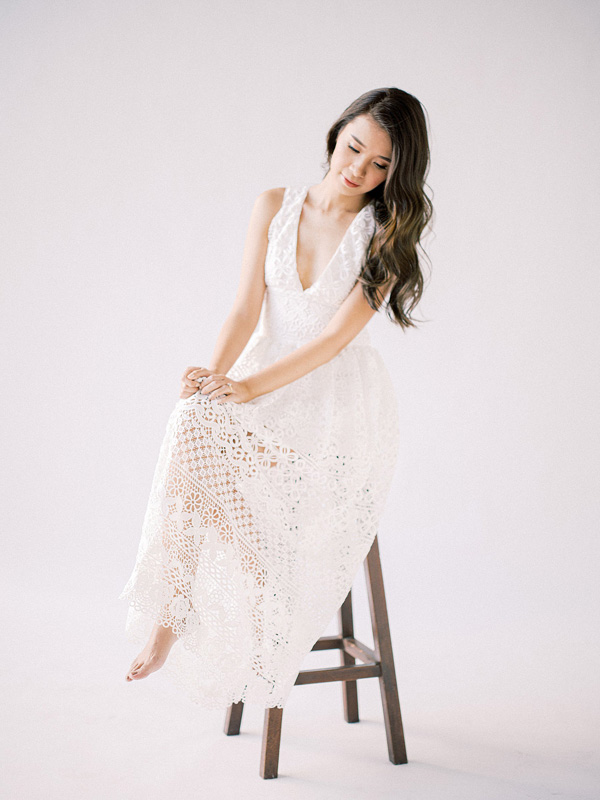
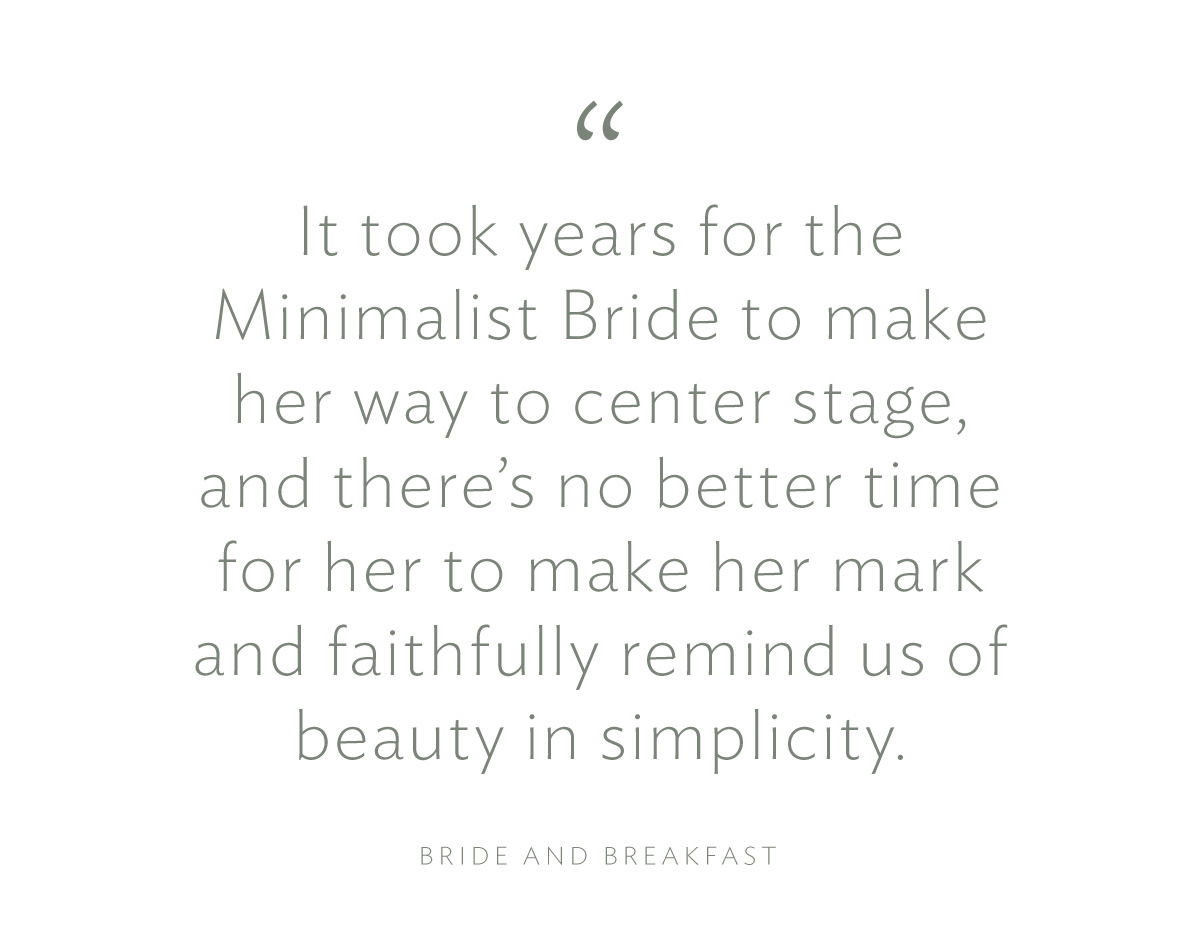
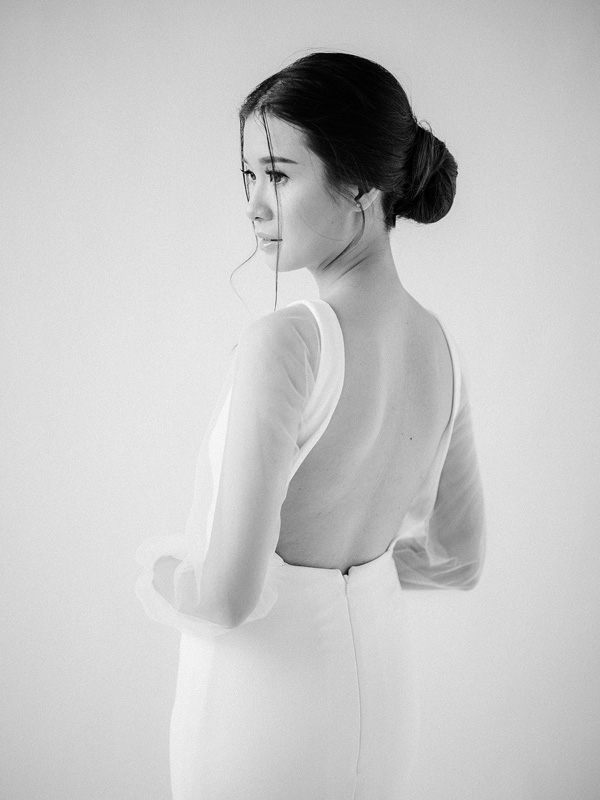
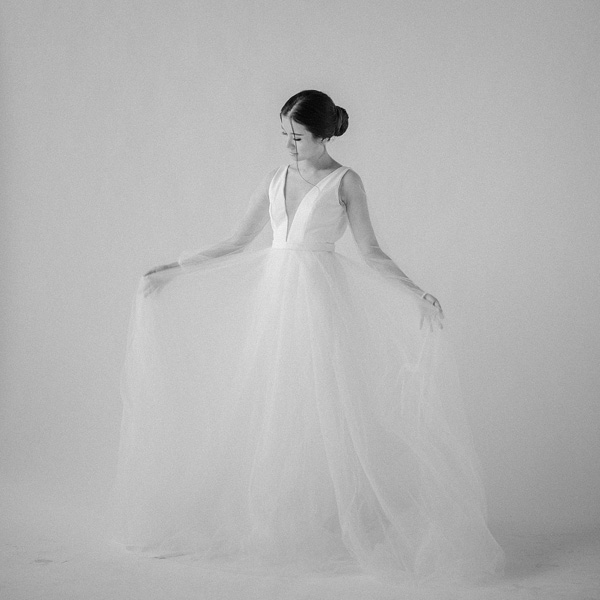
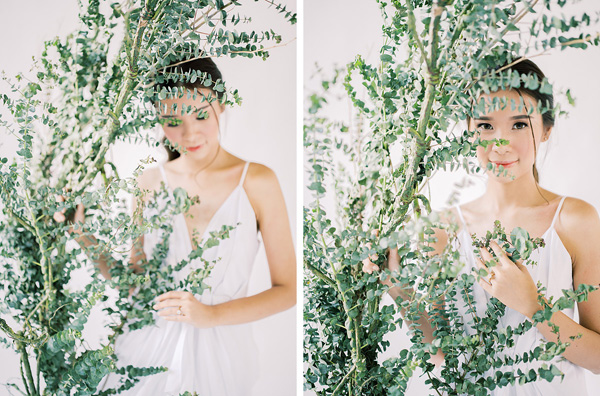
But perhaps the main draw still of minimalism is the ultimate dream of being found beautiful despite the lack of adornments – a natural beauty. There is a certain vulnerability though that minimalism requires. This vulnerability of presenting one’s self simply is not for the timid. To pull off the minimal look well necessitates a quiet confidence that makes this style challenging yet appealing at the same time.
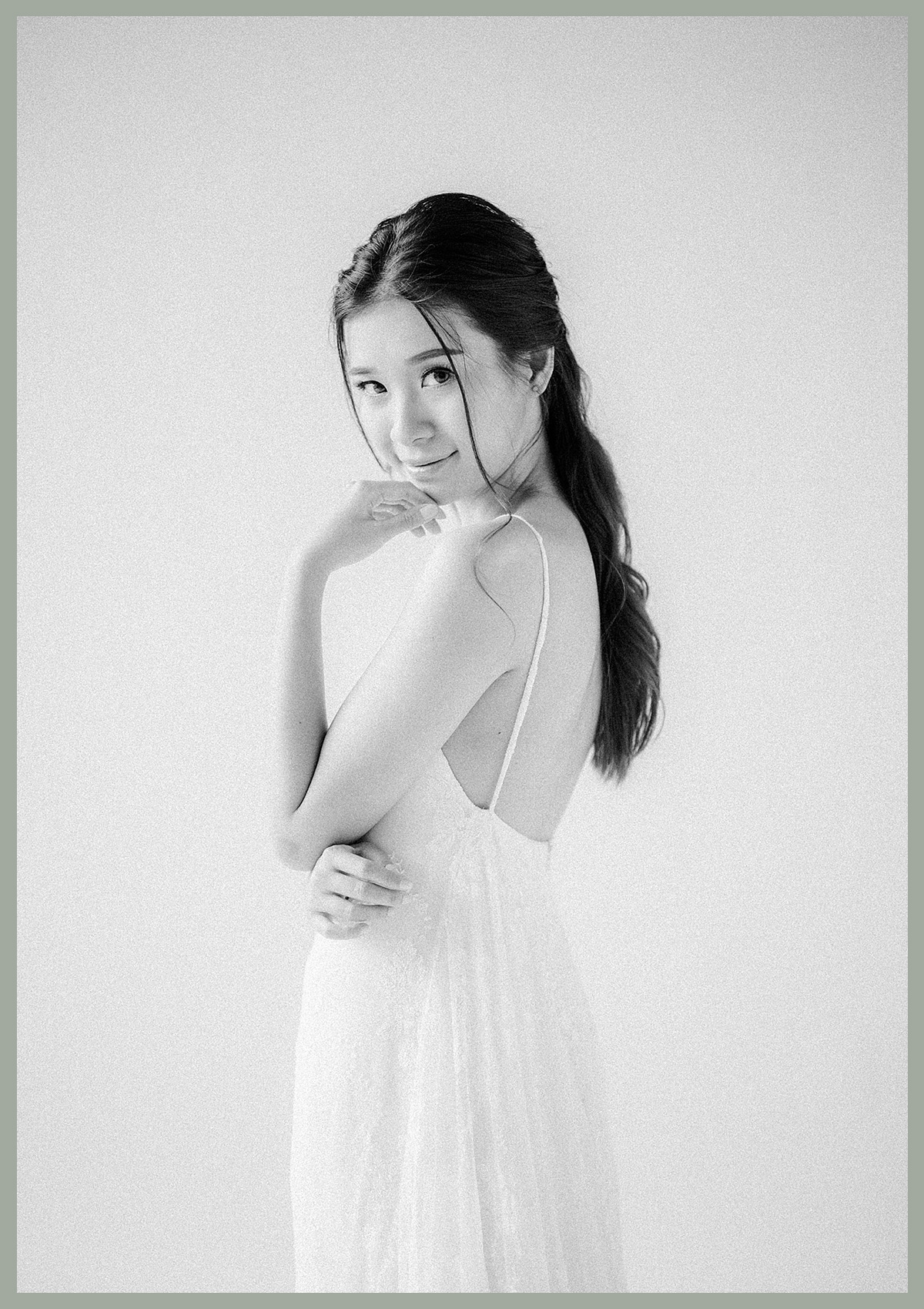
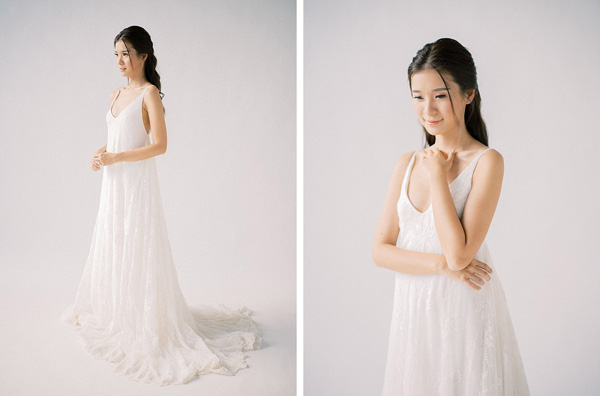
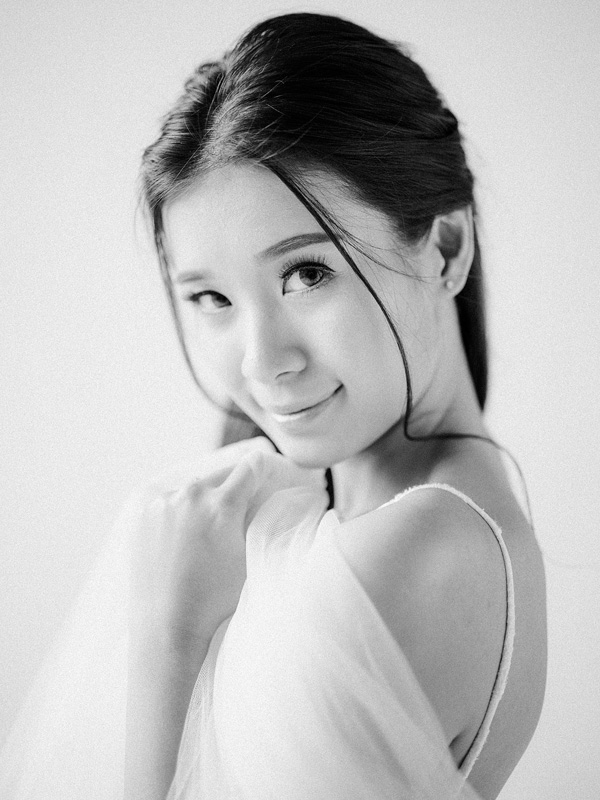

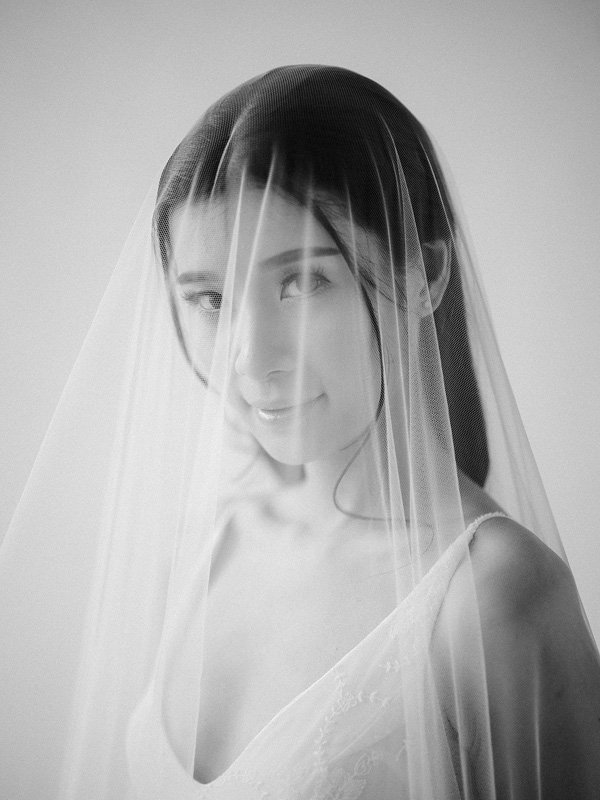
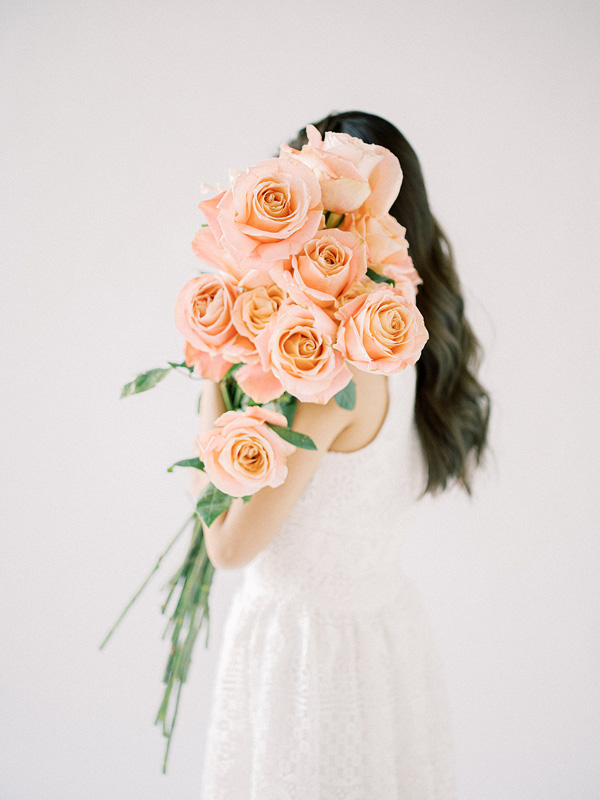
Minimalism is here to stay. And it will be interesting to see how it will grow and evolve in its executions especially in the wedding industry. For now, we’re enjoying everything it has brought to the table and how it has breathed in fresh life into wedding fashion and style. It took years for the Minimalist Bride to make her way to center stage, and there’s no better time for her to make her mark and faithfully remind us of beauty in simplicity.

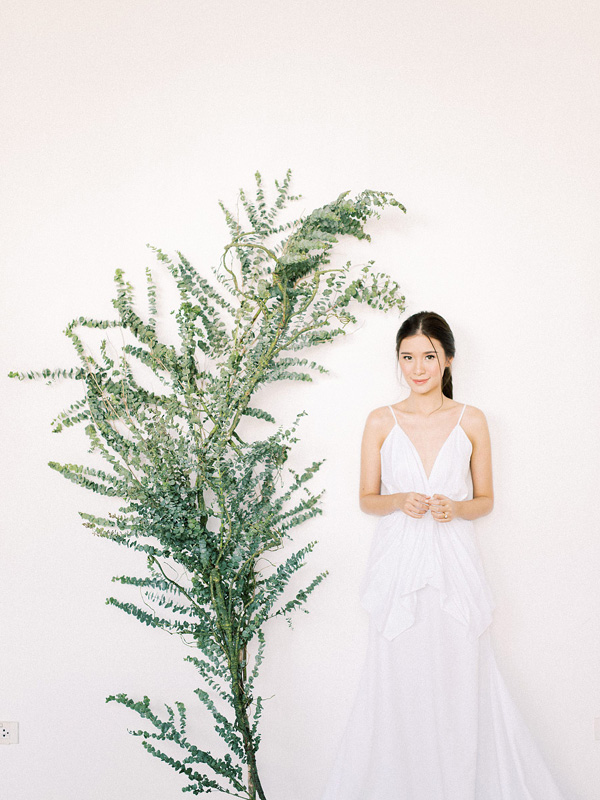

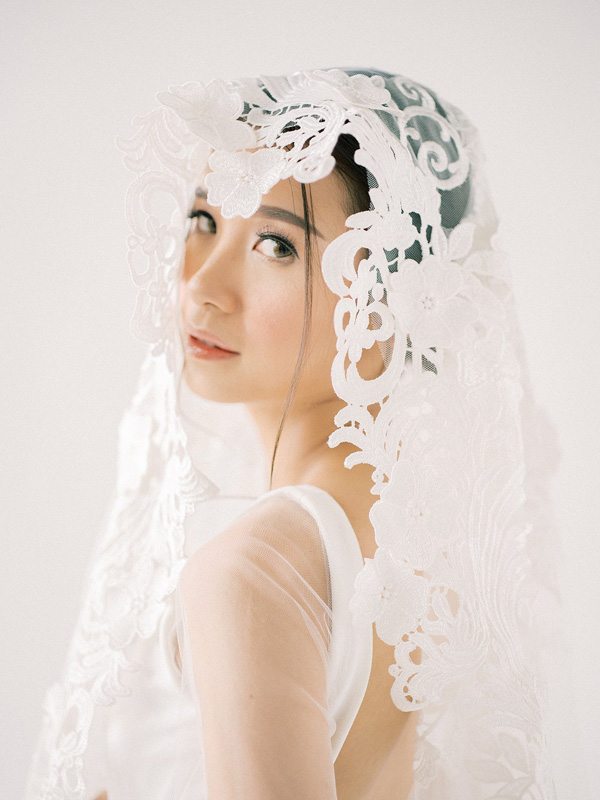
This article was originally published in B Magazine by Bride and Breakfast Hong Kong.
